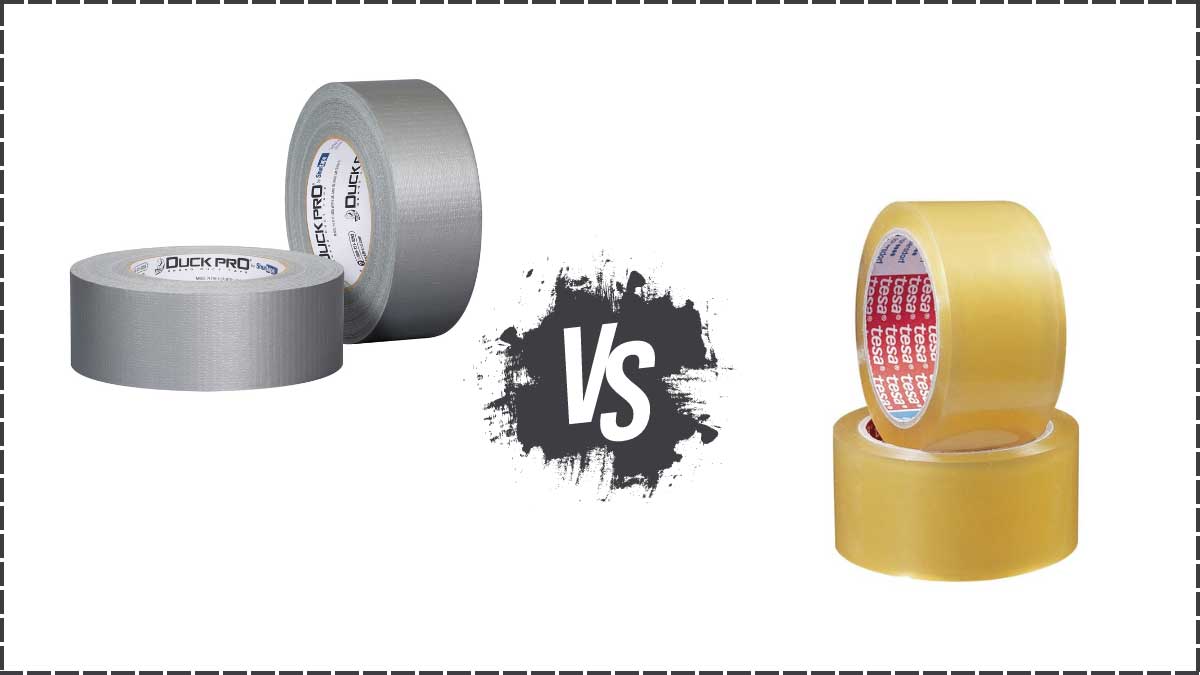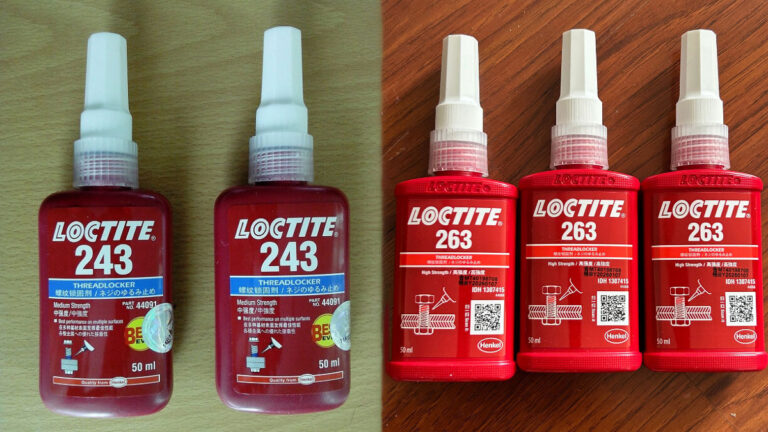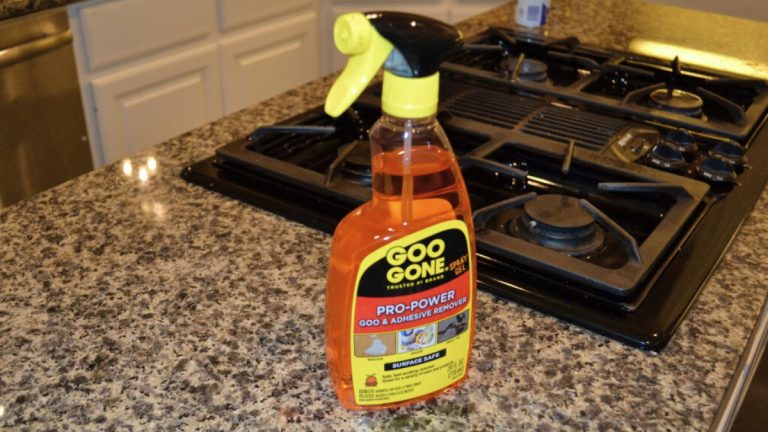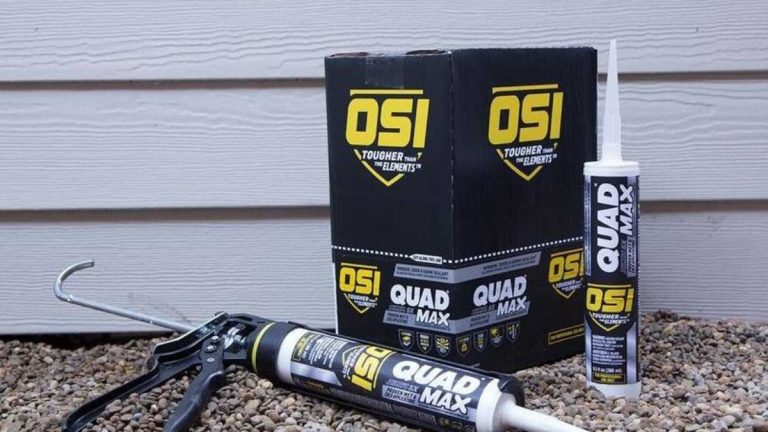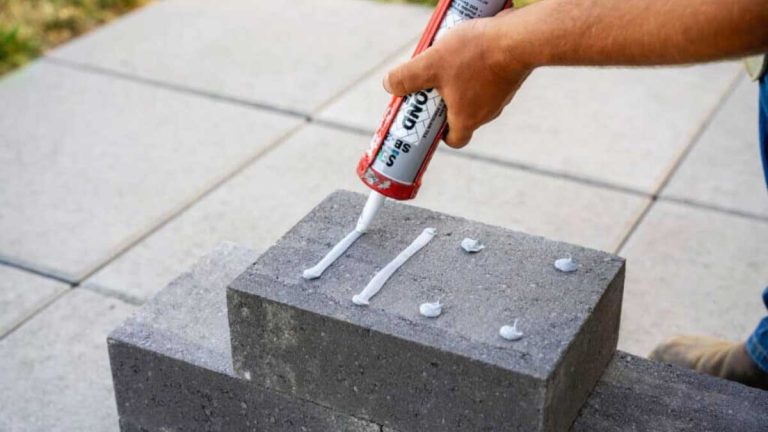Duct Tape vs Packing Tape: Choosing the Right Tape for the Job
When it comes to sealing, repairing, or securing items, choosing the right tape can make all the difference. You’ve probably found yourself standing in the tape aisle, wondering whether duct tape or packing tape is the better option. While both tapes are incredibly versatile, they serve different purposes and excel in specific situations.
Understanding the key differences between duct tape and packing tape can save you time and frustration. Whether you’re preparing for a move, shipping packages, or tackling a DIY project, knowing which tape to use ensures you get the job done efficiently and effectively. Let’s jump into what sets these two types of tape apart and how to make the best choice for your needs.
Key Takeaways
- Versatility and Use: Duct tape is best for temporary repairs, crafting, and reinforcing materials, while packing tape is ideal for sealing and securing boxes for moving and shipping.
- Adhesive Differences: Duct tape uses a rubber-based adhesive suitable for various surfaces but can leave sticky residue and weaken under extreme temperatures. Packing tape uses acrylic or hot melt adhesives that provide strong, stable adhesion, especially to cardboard.
- Temperature Resistance: Packing tape maintains adhesion better across a range of temperatures, making it more reliable for long-term storage and shipping. Duct tape can lose its grip in extreme heat or cold.
- Durability and Thickness: Packing tape is rigid and tear-resistant, available in multiple thicknesses for different packaging needs. Duct tape is strong and flexible, but its uniform thickness limits adaptability in some applications.
- Specific Applications: Use packing tape for sealing boxes during moves, long-term storage, and shipping. Duct tape is more suitable for quick fixes, creative projects, and reinforcing weak materials.
- Surface Compatibility: Packing tape adheres well to cardboard, ensuring a tight seal, while duct tape can be applied to a variety of surfaces, including plastic, due to its flexible nature.
Understanding Duct Tape
Duct tape, a household staple, is renowned for its versatility in fixing, sealing, and reinforcing. Even though its wide usage, duct tape has specific characteristics and applications that distinguish it from packing tape.
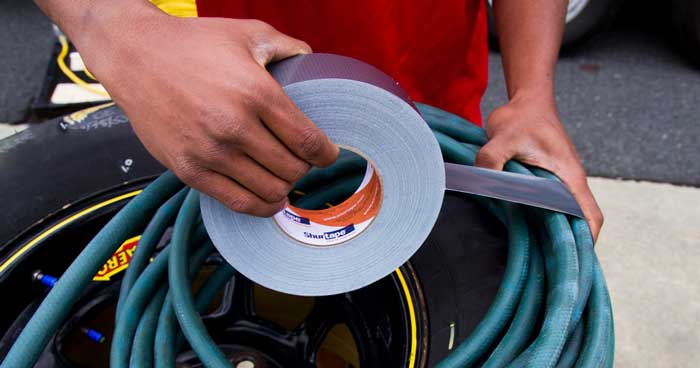
Characteristics
Adhesive and Layers:
- Composition: Duct tape features three layers: plastic backing, fabric mesh, and rubber-based adhesive. This structure lends it durability and water resistance.
- Adhesive Strength: The rubber adhesive in duct tape provides strong initial bonding but leaves sticky residue and weakens under extreme temperatures.
Thickness and Width:
- Width: Standardized width makes it less versatile compared to packing tape.
- Thickness: A consistent thickness ensures stability but limits adaptability.
Temperature Resistance:
- Adhesion: Loses adhesion in extreme hot or cold weather, making it less reliable in varying temperatures compared to packing tape.
Application:
- Ease of Use: Pulling duct tape directly from the roll often results in wadding or bunching, complicating smooth application.
Common Uses
Repairing:
- Emergency Fixes: Ideal for temporary fixes on various household items like broken hoses or leaky pipes due to its strong adhesive and water resistance.
Sealing:
- Short-term Sealing: Suitable for quickly sealing boxes or containers but not recommended for long-term use due to adhesive residue and temperature sensitivity.
Reinforcing:
- Strengthening Materials: Used to reinforce weak or damaged materials, adding extra support and durability.
Crafting:
- Creative Projects: Popular in DIY projects and crafting for its variety of colors and patterns.
| Property | Duct Tape | Packing Tape |
|---|---|---|
| Adhesive Type | Rubber-based | Acrylic-based |
| Residue | Yes | No |
| Temperature Range | Weakens in extreme temps | Stable in varying temps |
| Common Width (in) | 1.88 | 2 to 3 |
The decision between duct tape and packing tape hinges on your specific needs. While duct tape excels in durability and versatility, packing tape offers better performance under various temperatures and for packaging tasks.
Understanding Packing Tape
Packing tape is essential for securely sealing boxes and packages, particularly during moving and shipping processes. It differs from duct tape in several critical ways, making it more suitable for specific tasks. Let’s investigate into its characteristics and common uses.
Characteristics
Adhesive:
- Acrylic: Commonly used in packing tape, this adhesive is reliable and ensures a strong bond with cardboard boxes, keeping them sealed during transit.
- Hot Melt: This adhesive provides quick stickiness and strong adhesion, excellent for heavy-duty packaging tasks.
Width:
- 2-3 Inches: The ideal width for packing tape. Wider tapes offer better strength and are more effective for securing heavier boxes.
Temperature Resistance:
- Packing tape performs well in various temperatures, making it versatile for both short and long moves, as well as storing in different environments.
Material:
- Polypropylene (PP): Lightweight and durable, PP is a common material for packing tape that holds boxes tightly.
- PVC: Known for its strength, PVC is another material used in packing tape, offering better resistance and durability.
- Sealing Boxes: Ensures boxes remain closed during shipping and handling. Example: Securing a box for an overseas move.
- Label Protection: Covers and protects shipping labels from damage. Example: Safeguarding a printed address label from smudging.
- Bundling Items: Holds multiple items together. Example: Bundling smaller boxes or packages into a larger shipment.
- Storage: Maintains secure seals over long periods. Example: Sealing boxes for extended storage in a warehouse.
Packing tape is designed to provide robust, reliable sealing for packaging tasks, making it integral for moving and shipping. Understanding its characteristics and common applications ensures you choose the right tape for your needs.
Comparing Duct Tape and Packing Tape
Choosing the right tape can significantly impact your task’s outcome, whether you’re moving, shipping, or repairing. Comparing duct tape and packing tape reveals their specific strengths and properties for different applications.
Strength and Durability
Packing Tape: Designed specifically for sealing cardboard boxes, packing tape is rigid and resistant to tearing. Available in various thicknesses, such as 1.9 mil, 2.5 mil, and 2.9 mil for polypropylene tape and 2.2 mil and 3.2 mil for PVC tape, packing tape accommodates different box sizes and weights. This rigidity helps maintain the integrity of sealed boxes during moving or shipping.
Duct Tape: Known for high tensile strength and flexibility, duct tape can stretch without breaking. But, it’s not ideal for sealing boxes because it can peel off or stretch under stress, causing box openings during transit. Duct tape excels in temporary repairs and situations needing flexibility, such as reinforcing materials or quick fixes.
Adhesion Capabilities
Packing Tape: Typically using hot melt or acrylic adhesive, packing tape offers strong and stable adhesion, particularly to cardboard. This makes it ideal for long-term storage and shipping, ensuring that boxes remain sealed even under varying conditions.
Duct Tape: Featuring a rubber-based adhesive, duct tape adheres well to various surfaces but may lose its stickiness over time, especially in extreme temperatures. It’s best suited for temporary adhesion needs, such as emergency fixes or short-term projects.
Temperature Resistance
Packing Tape: Acrylic-based adhesives in packing tape perform well across a range of temperatures, making it reliable for storage and shipping where conditions can fluctuate. Hot melt adhesives also provide durability but are generally more temperature-sensitive than acrylic alternatives.
Duct Tape: The rubber-based adhesive in duct tape can lose efficacy in extreme temperatures. It performs adequately in moderate climates but may not be the best choice for conditions with high heat or cold.
| Feature | Packing Tape | Duct Tape |
|---|---|---|
| Thickness Options | 1.9 mil, 2.5 mil, 2.9 mil (PP) 2.2 mil, 3.2 mil (PVC) | Typically uniform thickness |
| Adhesive Type | Hot melt or acrylic | Rubber-based |
| Temperature Range | Good with acrylic; moderate with hot melt | Moderate; efficacy drops in extreme conditions |
| Strength | Rigid, tear-resistant | High tensile strength, flexible |
| Suitability | Long-term storage and shipping | Temporary repairs, flexible applications |
Selecting between duct tape and packing tape depends on your specific requirements. For sealing boxes during moving, packing tape’s rigidity and strong adhesion make it a better choice. For temporary repairs or flexible applications, duct tape’s tensile strength and adaptability are more suitable.
Choosing the Right Tape for Your Needs
Selecting the right tape for your tasks can significantly impact your project’s outcome. Whether you’re packing items for a move or conducting repairs, understanding the differences between duct tape and packing tape ensures you choose the most suitable option.
Factors to Consider
Adhesive Strength and Type
- Packing Tape: Uses acrylic or hot melt adhesive, which offers strong, stable adhesion. This makes it perfect for sealing cardboard boxes. It sticks well to cardboard and maintains adhesion under various temperatures.
- Duct Tape: Utilizes rubber adhesive, which may leave sticky residues and lose adhesion in hot or cold weather. It’s less suitable for long-term box sealing but excels in temporary repairs.
Durability and Resistance
- Packing Tape: Designed to be rigid and resistant to tearing. It’s ideal for securely holding boxes together. Available in various thicknesses to suit different packaging needs.
- Duct Tape: Strong and flexible but more prone to tearing on cardboard boxes. Better suited for temporary repairs and flexible applications like reinforcing materials or emergency fixes.
Specific Use Cases
Practical Applications
- Moving and Storage: Use packing tape to seal boxes. Its acrylic adhesive ensures boxes stay closed during moves.
- Emergency Repairs: Duct tape is excellent for quick fixes. Its rubber adhesive can bond various surfaces temporarily.
Surface Compatibility
- Cardboard: Packing tape adheres well to cardboard, ensuring a tight seal.
- Plastic: Duct tape can be applied to plastic surfaces due to its flexible nature.
| Feature | Packing Tape | Duct Tape |
|---|---|---|
| Adhesive Type | Acrylic or Hot Melt | Rubber |
| Temperature Range | Stable in various temperatures | May lose adhesion in extreme temperatures |
| Durability | Rigid and tear-resistant | Strong yet flexible, prone to tears on cardboard |
| Primary Use | Sealing boxes | Temporary repairs |
| Thickness Options | Multiple thicknesses available | Generally uniform thickness |
Choosing between duct tape and packing tape depends on your specific needs. For sealing boxes, packing tape is the clear choice. For temporary repairs and versatile applications, opt for duct tape.
Conclusion
Choosing between duct tape and packing tape boils down to understanding your specific needs. Duct tape shines in temporary repairs and flexible applications, thanks to its high tensile strength and versatility. On the other hand, packing tape is your go-to for securely sealing boxes and packages, offering strong adhesion and temperature resistance.
Remember to consider factors like adhesive strength, durability, and the nature of your task. For moving and storage, packing tape is unmatched. For emergency fixes and short-term sealing, duct tape is your best bet. Make the right choice to ensure your projects are both efficient and effective.
Frequently Asked Questions
What is the primary difference between duct tape and packing tape?
Duct tape is known for its high tensile strength and flexibility, making it ideal for temporary repairs and quick fixes. On the other hand, packing tape has strong adhesive properties designed for sealing cardboard boxes, offering rigidity and resistance to tearing, making it suitable for long-term packaging tasks.
Can I use duct tape for sealing boxes during a move?
While duct tape is strong, it is not recommended for sealing boxes during a move. It may lose adhesion in extreme temperatures and is not as effective at sealing cardboard boxes as packing tape, which is designed specifically for this purpose.
Is packing tape reliable for long-term storage?
Yes, packing tape is highly reliable for long-term storage. Its strong and stable adhesion ensures that boxes remain sealed and intact over time, making it ideal for moving, shipping, and storing items.
Which tape should I use for emergency repairs?
For emergency repairs, duct tape is the better choice. Its high tensile strength and flexibility make it suitable for quick fixes, temporary sealing, and reinforcing materials.
Does packing tape perform well in varying temperatures?
Packing tape, especially the acrylic-based type, performs well across a range of temperatures. It maintains strong adhesion and does not degrade easily in both high and low temperatures, making it suitable for different storage and shipping conditions.
What are the common uses of duct tape?
Common uses for duct tape include emergency repairs, short-term sealing, reinforcing materials, and crafting. Its durability and versatility make it a handy tool for a variety of household tasks.
Can packing tape be used for other tasks besides sealing boxes?
Yes, besides sealing boxes, packing tape can be used for protecting labels, bundling items together, and ensuring secure storage. Its strong adhesive properties make it versatile for various packaging needs.
How do I choose between duct tape and packing tape?
Choosing between duct tape and packing tape depends on your specific needs. Use packing tape for tasks like sealing boxes, moving, and storing items, as it offers strong adhesion and rigidity. Opt for duct tape for temporary repairs, quick fixes, and tasks that require high tensile strength and flexibility.

